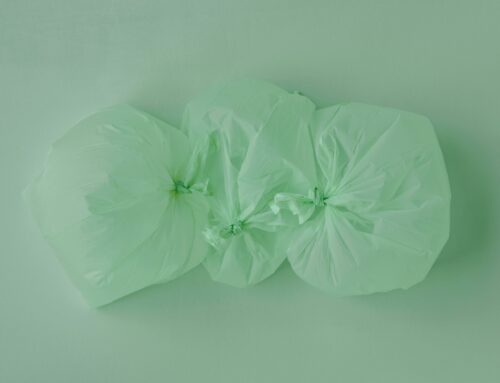What Circular Design Means to Us
Circular design to us, at its core, is the systematic design of a product’s lifecycle, from its creation, and function to its end-of-life disposal. It is in contrast with the traditional take, make, waste system of the linear economy and a pivotal component of the circular economy’s pursuit to establish an economic system that is restorative and regenerative.
In our work, we focus on three core principles of circular design:
1) To keep materials in use for as long as possible at their highest value
2) Design out waste and reduce carbon emissions
3) Restore natural systems.
The principles of circular design involve the elimination of waste by optimising material flows for efficiency rather than take a direct path to landfill.
To do this, circular design utilises many effective strategies that you might be familiar with, including:
- design for repair
- refurbishment
- re-use
- designing for disassembly
- design for recycling
- design for biodegradability and compostability
- designing out waste
- efficient materials use
- utilising materials that capture carbon
Materials play a key role in implementing these strategies, and for this reason, they are at the core of circular design and the circular economy.
This is why we started our journey by creating the Circular Material Library. The library is a free resource for designers and innovators, that showcases a range of new and traditional materials that are ideal for use in circular design. Some examples of materials in the library are those designed from waste, materials designed to enable the disassembly of products, materials designed to be biodegradable, and those designed to improve the characteristics of natural materials.
We developed the platform as a resource to educate, inspire, and promote the huge range of materials that we are currently seeing developed in response to the global climate and waste crisis.
What we learned from the Circular Material Library
Through the development of the library, we gained a unique perspective on the scope of the global sustainable material landscape. This wave of innovation that we are seeing is incredibly inspiring, but materials can only be rendered “circular” within a circular system.
Our focus is directed to the full circular system. We are now doing the important work of helping organisations bridge the gap between material selection and system integration by guiding them to apply these innovative materials into the correct systems.
By doing this, we can play a small part in having a big impact.








